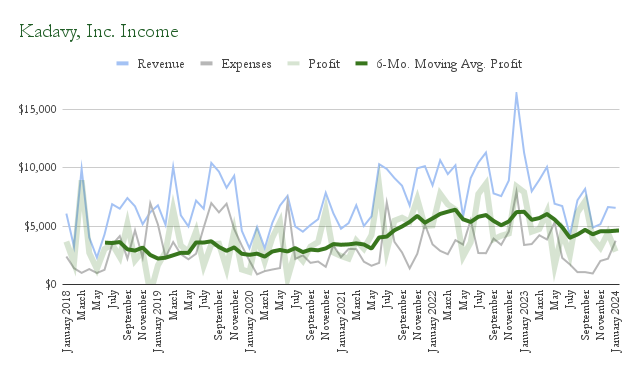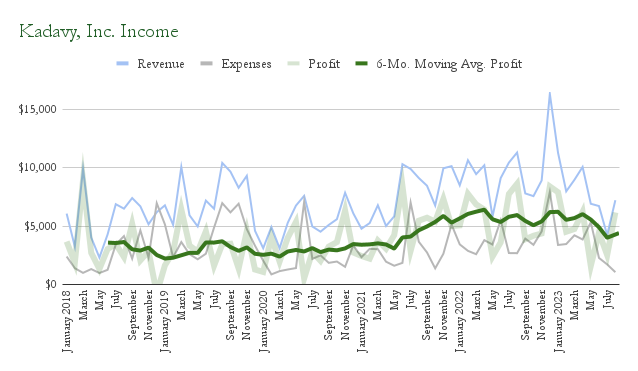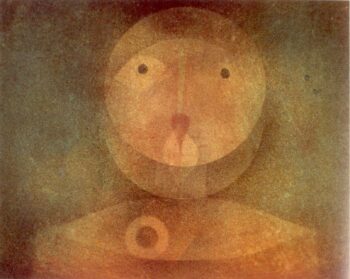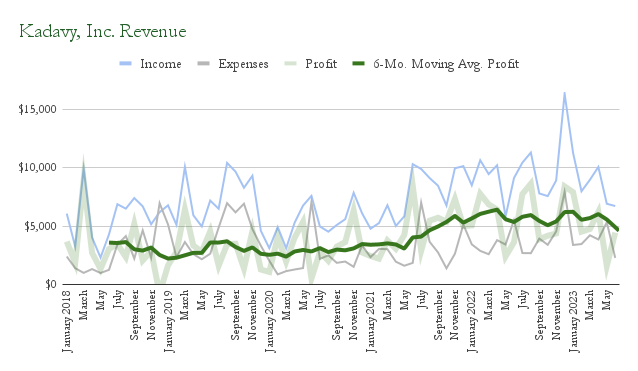January 2024 Income Report
To listen to an audio version of this report, join the Patreon »
January’s revenue was $6,561, down from December’s $6,631. Profits were $2,815, down from December’s $4,424.


David Kadavy is author of Mind Management, Not Time Management, The Heart to Start & Design for Hackers.
To listen to an audio version of this report, join the Patreon »
January’s revenue was $6,561, down from December’s $6,631. Profits were $2,815, down from December’s $4,424.

To listen to an audio version of this report, join the Patreon »
December’s revenue was $6,631, up from November’s $5,157. Profits were $4,424, up from November’s $3,143.
This is also the last report of 2023. 2023’s revenue was $88,202, down from 2022’s $116,029. Profits were $56,722, down from 2022’s $69,262.
To listen to an audio version of this report, join the Patreon »
November’s revenue was $5,157, up from October’s $4,874. Profits were $3,143, down from October’s $3,935.
To listen to an audio version of this report, join the Patreon »
October’s revenue was $4,874, down from September’s $8,182. Profits were $3,935, down from September’s $7,127.
To listen to an audio version of this report, join the Patreon »
September’s revenue was $8,182, up from August’s $7,216. Profits were $7,127, up from August’s $6,165.
To listen to an audio version of this report, join the Patreon »
August’s revenue was $7,216, up from July’s $4,320. Profits were $6,165, up from July’s $2,515.

To listen to an audio version of this report, join the Patreon »
July’s income was $4,230, down from June’s $6,714. Profits were $2,515, down from June’s $4,441.
 After nearly eight years of the Love Your Work podcast, I’m quitting. Here’s why, and What’s Next.
After nearly eight years of the Love Your Work podcast, I’m quitting. Here’s why, and What’s Next.
keep on reading »
To listen to an audio version of this report, join the Patreon »
June’s income was $6,714, down from May’s $6,912. Profits were $4,441, up from May’s $1,588.

 You’ve probably heard that, in a blind taste test, even experts can’t tell between white and red wine. Even if this were true – and it’s not – it wouldn’t matter.
You’ve probably heard that, in a blind taste test, even experts can’t tell between white and red wine. Even if this were true – and it’s not – it wouldn’t matter.
keep on reading »